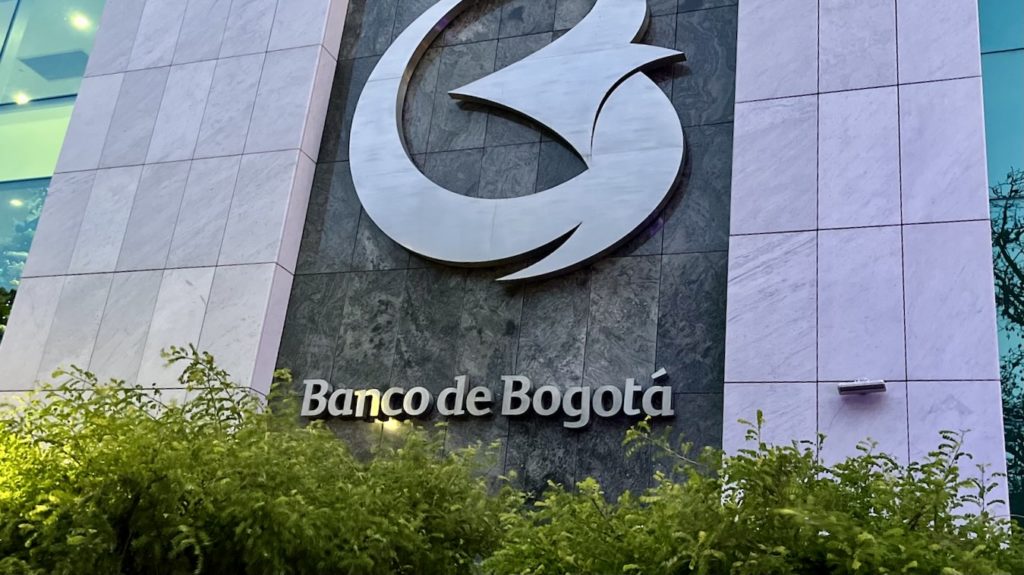
In recent times, remittances, or money transfers from abroad to Colombia, have gained significant traction due to the increasing number of migrants and the rise of remote work opportunities in cities such as Bogota, Medellin, Cartagena, Bucaramanga, Villavicencio, among others.
For those with partners overseas, particularly in the United States, Canada, Europe, or other countries, understanding the process of receiving these funds is crucial.
Understanding remittances in Colombia
Colombia allows individuals to receive money from abroad, but two primary considerations come into play: the receiving limits set by financial institutions for security reasons and the requirement to declare taxes on the received funds.
Tax obligations arise only if an individual files an annual tax declaration with the DIAN. Otherwise, taxes need not be paid, with the exception of the 4×1000 tax when withdrawing money from the bank.

For those receiving remittances in savings accounts, the 4×1000 tax is applicable only if the monthly amount exceeds 350 UVT (Unit of Taxable Value). In 2024, with each UVT valued at $47,065, this threshold equates to $16,472,750.
Changes in legislation
Previously, Colombian law allowed for exemption from the 4×1000 tax. Banks are now adapting to new regulations, merely requiring them to monitor user accounts to ensure compliance with the imposed threshold.
It’s worth noting that platforms like Nequi or Daviplata apply the 4×1000 tax from 65 UVT (3 million pesos) onwards.
Receiving funds via bank accounts
International bank transfers between accounts utilize the Swift network, comprising thousands of financial institutions across more than 200 countries. To receive funds from abroad, individuals need both their account number and the Swift code of their bank.

Bancolombia’s Swift code is COLOCOBM
BBOGCOBBPEI for Banco de Bogota
Davivienda uses CAFECOBBXXX
Banco Caja Social is CASOCOBBXXX
BBVA has it registered as GEROCOBBXXX
This method has drawbacks, as funds may pass through multiple financial entities, potentially increasing the transfer time. Both the originating and destination banks may add their own commissions, making this method relatively expensive.
Utilizing platforms like Western Union
Alternatively, specialized companies like Western Union facilitate international transactions, offering accessibility through physical offices or digital platforms. When sending money, the individual must present their identification, with Western Union allowing transfers of up to $1,500 per transaction or $7,500 per month.
Monitoring the transfer status is simple, requiring the sender’s name and the tracking number (MTCN) provided on the receipt.
See all the latest news from Colombia and the world at ColombiaOne.com. Contact our newsroom to report an update or send your story, photos and videos. Follow Colombia One on Google News, Facebook, Instagram, TikTok and subscribe here to our newsletter.


